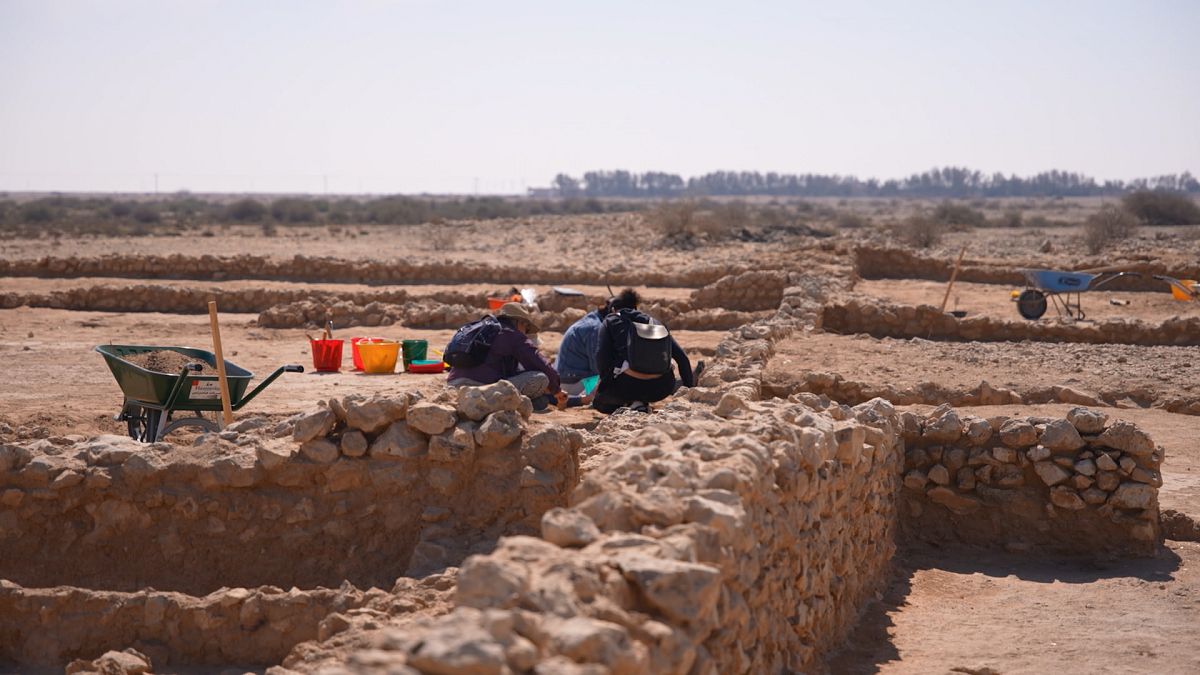

Qatar and the European Union, two regions with distinct cultural landscapes and priorities, are both embarking on significant projects that delve into their past and future, respectively. Each effort paints a picture of discovery, preparedness, and connection. Here is a calm exploration into these ventures, offering insights into how history and forward-thinking strategies shape our world.
Qatar, a country steeped in history and tradition, is unearthing its rich archaeological heritage, both on land and beneath the waves. “Qatar 365,” a program dedicated to exploring the nation’s historical treasures, has taken on the mission of uncovering the stories buried in the sands and subaquatic realms of this Middle Eastern gemstone. Visitors and locals alike are gaining a deeper understanding of Qatar’s past, enhancing cultural awareness and appreciation among its citizens.
At the heart of these explorations is the Ain Mohamed archaeological site, a landmark rich with artifacts from the Early Islamic period. It provides a window into a long-gone era, offering valuable insights into early Islamic civilization through remains that have been preserved under the sands of time. These archaeological endeavors are complemented by marine archaeology, where initiatives like those at Al Zubarah expose the depth of Qatar’s maritime history. Their explorations aim to reveal submerged elements of the country’s cultural legacy, enabling a more holistic understanding of its development over the centuries.
These efforts are part of a broader initiative to document and preserve cultural artifacts, ensuring that the stories of the past are not only acknowledged but also celebrated and incorporated into present-day life. By investing in such projects, Qatar encourages both residents and the international community to reconnect with worldly legacies, fostering a sense of unity and shared history. Such enriching experiences provide a mindful reminder of the intricate tapestries that make up human civilization.
While Qatar looks to the past to enrich its cultural narrative, the European Union is gazing forward to ensure the well-being of its populace. The introduction of the “Stockpiling Strategy” marks a proactive step in the EU’s Preparedness Union Strategy, a comprehensive plan designed to safeguard member states against future crises. By urging countries to review and update their emergency preparedness kits, the strategy represents a mindful and prudent approach to security and resilience.
Though currently unfunded, the Stockpiling Strategy serves as the foundation for more extensive resilience policies. It advocates for renewed attention to essential supplies that might be required in emergency scenarios. This initiative highlights the importance of being prepared for unexpected challenges, emphasizing not only the material aspects of preparedness but also the psychological peace that comes from knowing one is ready for any eventuality.
The convergence of such diverse strategies across continents can be seen as a celebration of human ingenuity and caution, illustrating how societies can mindfully balance reverence for the past with vigilance towards the future. Despite differences in focus, whether it is Qatar’s archaeological foundations or the EU’s forward-facing plans, these efforts underscore a shared commitment to improving societal welfare, cultural understanding, and collective resilience.
By delving into the depths of history and preparing for the uncertainties of tomorrow, both regions underscore the profound relationship between heritage and foresight. Qatar’s archaeological endeavors and the European Union’s stockpiling initiative are part of a larger narrative that binds people across geography and time, encouraging thoughtful interaction with both our collective past and future possibilities.
Source: {link}
